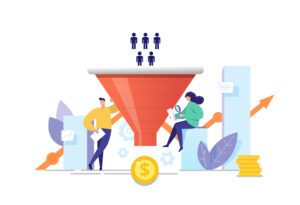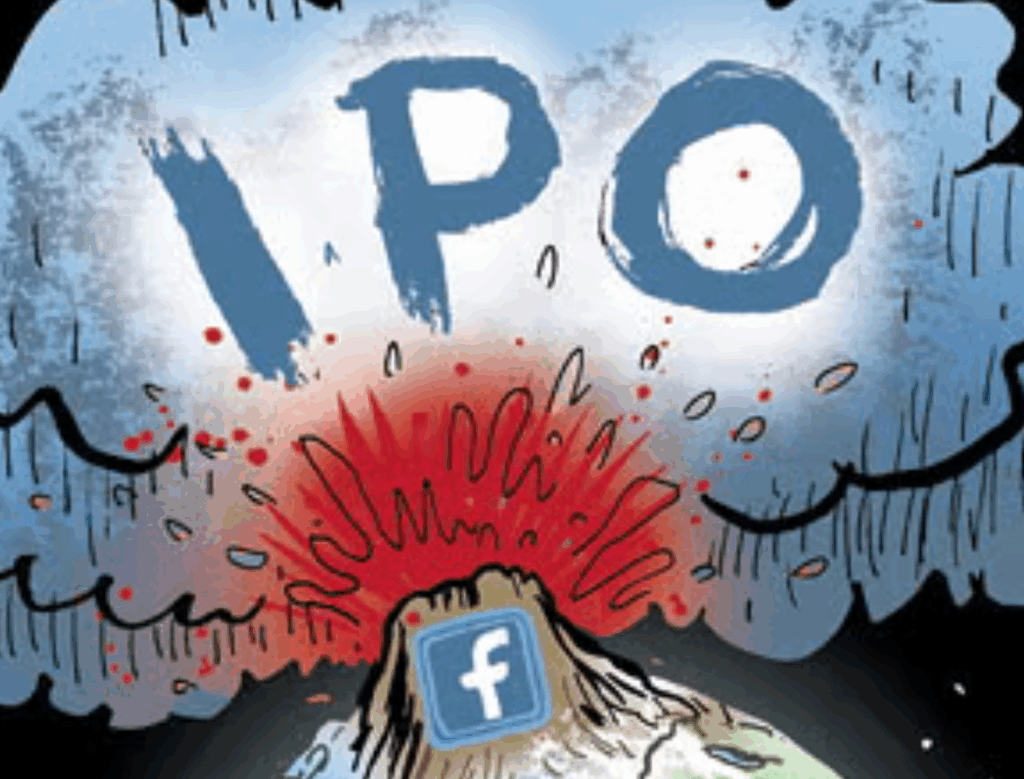 Customer retention is more challenging than ever for B2B sellers, which is forcing a deeper focus on the quality of customer experiences. But these retention challenges also provide B2B organizations with a tremendous opportunity to acquire new buyers—those currently engaged with competitors—by delivering customer experiences that are more connected, more personalized and more satisfying.
Customer retention is more challenging than ever for B2B sellers, which is forcing a deeper focus on the quality of customer experiences. But these retention challenges also provide B2B organizations with a tremendous opportunity to acquire new buyers—those currently engaged with competitors—by delivering customer experiences that are more connected, more personalized and more satisfying.
New research suggests that B2B buyers switch suppliers at an unprecedented rate, and often without warning. In pursuit of better experiences, including faster shipping, flexible payment options and knowledgeable, sector-educated salespeople, 80 percent of buyers have swapped suppliers in the last year, or plan to in the coming one. And, the more frequently a buyer makes purchases, the more likely they are to switch vendors. For B2B sellers, this means their best and most frequent customers are also the most vulnerable to churn.
The research suggests that while B2B sellers are pursuing practices that do successfully impact customer experiences and increase sales, they generally fall far short of customers’ expectations. This is all happening in an environment where 32 percent of buyers have increased their expectations around sales experiences in the last 12 months, with the same number considering “fluid offerings” pioneered by companies like Airbnb and Uber to be the current standard. Given these expectations, the average B2B buyer is less loyal than their seller probably thinks.
How can you better reach and retain today’s B2B buyers?
To meet buyers’ rising expectations, B2B sellers must deliver superior service at each and every touchpoint in which the customers and brand interact. Beyond closing the sale, this means offering experiences infused with knowledge and empathy throughout the full customer journey—from product research to purchase to delivery to post-sale service. B2B sellers that do provide fully-capable connected experiences are reaping enviable benefits: 96 percent report increased profitability and 97 percent report increased market share.
B2B sellers should consider the following tenets to more effectively reach and retain buyers:
1. Innovate with B2B-specific needs top of mind.
The customer-oriented mindset and connected experiences buyers expect from B2C sellers offer clues for understanding increased B2B buyer expectations. Specifically, personalization and self-service options are becoming as common to B2B purchasing as they are to B2C, while personalized pricing was the top demand among B2B buyers surveyed. At the same time, B2B buyers have a unique and pressing need for knowledgeable, sector-educated salespeople—their second most common demand.
B2B purchases often include detailed product bundles, large buyer teams and complex negotiations; providing experienced salespeople that truly understand business needs can expediate the buying process, earning valuable buyer appreciation and extending loyalty.
2. Don’t just pitch to buyers—pitch in and help them.
B2B buyers expect suppliers not to simply sell to them, but also to support the full scope of their requirements around the products they buy—from delivery to maintaining supplies to reordering. Brands earn tremendous goodwill via these value-adds throughout the purchase process, which makes buying simple and buyers more successful. Unfortunately, 22 percent of buyers are left frustrated by the narrow range of delivery and pickup options provided by B2B sellers. Adding to that, 21 percent of buyers cited the lack of personalized pricing and offers, slow delivery and absence of product reviews from their peers as particular areas of dissatisfaction.
To retain buyers, B2B sellers must act on opportunities to address these evolving requirements and institute seamless purchase experiences—and do so both across channels and from one purchase to the next. Doing so is an inevitability for long-term survival, and the longer B2B brands wait to transform this process, the more customers they might find buying elsewhere.
Other articles you might enjoy:
- How Interactive Content for B2B Marketing Will Leap Forward With 5G
- INFOGRAPHIC: Five Insights From the 2020 Chief Marketer B2B Marketing Outlook
- Why Martech Investments Aren’t Optimized: Infographic
3. Make B2B human-to-human.
While B2B buyers appreciate the role of technology in providing the connected experiences they demand, they deeply value human interactions across the sales process. And, the more complex the purchase transaction, the more buyers look for salesperson support.
From a B2B seller perspective, implementing hybrid systems that offer self-service and informative materials buyers can access themselves—as well as knowledgeable support from empathetic sales representatives—ensure that buyers can leverage the purchase path they prefer. For example, a buyer may conduct product research using social channels and a brand’s mobile app, make a purchase and track the order online, utilize field sales reps for follow-up support, and then utilize long-term support from the supplier’s call center sales team. Ensuring that this entire ecosystem conveys a seamless experience is essential to the value of those human interactions and, ultimately, the brand’s ongoing success with that buyer.
4. Lend buyers an ear, and they won’t disappear.
Without close relationships and meaningful feedback channels for buyers to voice concerns, B2B sellers can fail to retain existing customers—and very likely do so without ever fully understanding why. With 62 percent of buyers who make weekly B2B purchases having switched sellers in the past year, and 80 percent having switched in the past two, complacency and missed opportunities to engage will leave brands wondering what they could have done better.
Assume your buyers are keenly aware of what you could do better to keep their business: one in four buyers highlight uncompetitive pricing, long delivery and fulfillment lead times or missed delivery dates as pushing them to competitors. One in five blame poorly integrated sales channels and shortcomings in commerce functionality. By soliciting feedback and addressing buyer wants and needs such as these, B2B organizations can increase retention and ensure customer relationships are long lasting and mutually beneficial.
By offering connected experiences that provide flexibility and convenience to empower buyers—and by further anticipating and addressing their needs across the full customer relationship—brands can better differentiate themselves in order to avoid increasing customer churn and earn meaningful customer loyalty that supports their ongoing success.
Jason Michaels is a Managing Director and B2B marketing lead at Accenture Interactive.




